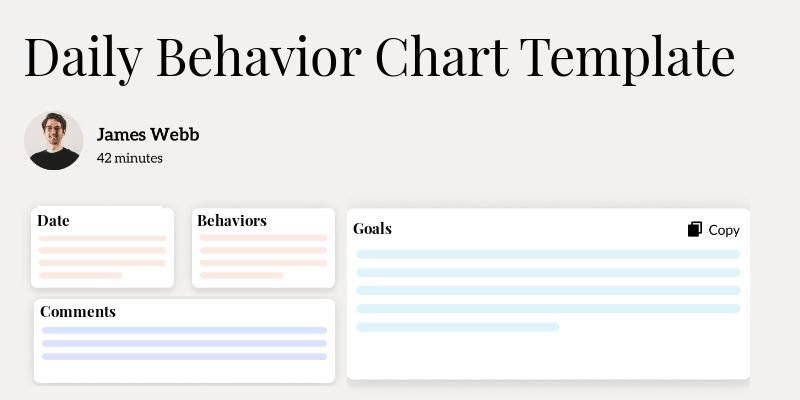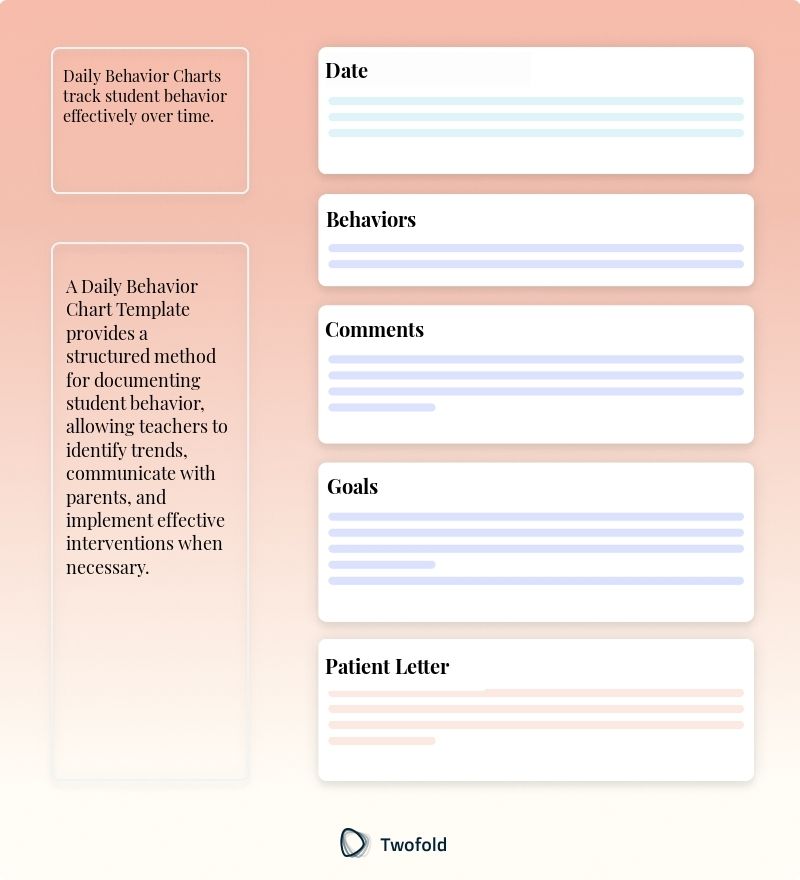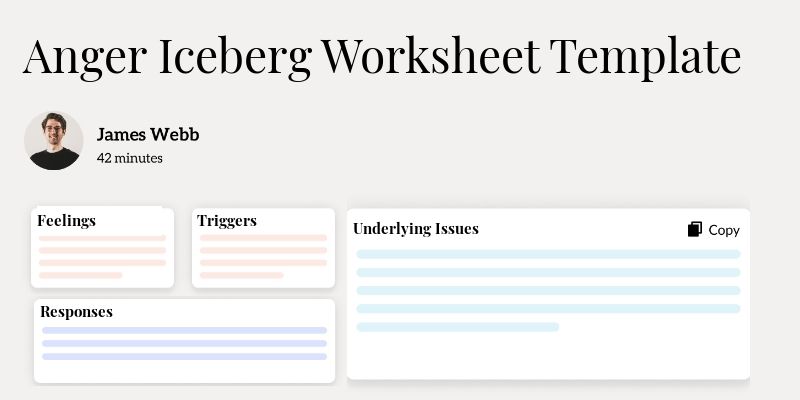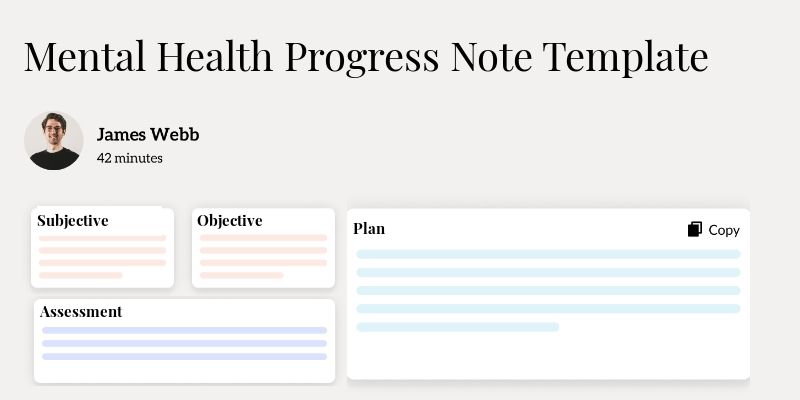
Daily Behavior Chart Template
Ever find yourself tangled in the web of daily behavioral tracking, puzzling over how to efficiently document the nuances of a patient’s day? You’re not alone! Many healthcare professionals feel the pinch when it comes to filling out behavior charts, particularly in capturing daily variability. Welcome to your go‑to guide for mastering the Daily Behavior Chart Template, where we unpack expert tips that could transform your documentation process.
What Is a Daily Behavior Chart Template?
A Daily Behavior Chart Template is a structured form used by healthcare professionals to record and analyze the behavioral patterns of a patient over a specified period, typically on a daily basis. These templates serve to systematically capture nuances in behavior that could be indicative of underlying health conditions or response to medication.
These charts are particularly useful in mental health, pediatric, and special education settings. By maintaining a daily record, they help care providers discern behavioral trends, facilitate informed clinical decisions, and fine‑tune therapeutic interventions based on empirical data.
Key Components of a Daily Behavior Chart?
Essential elements that provide a comprehensive look at a patient’s behavior include:
- Date and Time: Clearly specify when each observation is made.
- Behavioral Criteria: List specific behaviors tracked, such as mood swings or social interactions.
- Intensity Scale: A numerical or descriptive rating to gauge behavior severity.
- Notes Section: A dedicated space for additional observations or context.
- Observer Signature: Ensures accountability and traceability of the entries.

How to Use a Daily Behavior Chart Template: Step-by-Step Process
Step 1: Define Behavioral Criteria
Identify and define the specific behaviors you wish to monitor based on past observations or specific treatment goals.
Step 2: Customize the Template
Adapt the chart to fit the unique needs of your setting or patient, including adding custom sections if necessary.
Step 3: Set a Routine for Recording
Establish a consistent schedule for completing the chart to ensure accuracy and comprehensiveness.
Step 4: Review and Reflect
At regular intervals, review the collected data to identify trends and inform adjustments to treatment plans.
Benefits of a Daily Behavior Chart
Benefit | Description | Example |
|---|---|---|
Consistent Monitoring | Ensures daily tracking with minimal gaps in data. | Identifying rise in anxiety levels over two weeks. |
Enhanced Communication | Improves communication between the multidisciplinary team. | Psychiatrist and therapist align on observed patient progress. |
Data-Driven Decisions | Facilitates objective decision-making based on documented patterns. | Adjust medication based on documented depressive episodes. |
Engagement | Encourages active participation from patients and caregivers. | Parents contribute observations during home visits. |
Stakeholders in Daily Behavior Chart
Multiple stakeholders are involved in the utilization of a daily behavior chart:
- Healthcare Providers: Doctors and nurses use the chart to monitor patient progress. For instance, a pediatrician observing a child's response to ADHD medication.
- Therapists: Counselors rely on these charts to tailor therapy sessions. An example is a therapist modifying strategies based on a child’s progress in social settings.
- Parents/Caregivers: They provide essential input and feedback, adding context to the chart entries. For example, a parent's note about diet changes impacting behavior.
- Patients: Especially older children and adults might self-assess to promote self-awareness and responsibility.
Example of a Daily Behavior Chart PDF
Accessing a sample Daily Behavior Chart PDF offers practical guidance for setting out all needed components effectively.
Real-World Use Cases: Practical Impact of the Daily Behavior Chart Template
These templates offer creative and functional impacts across diverse scenarios:
- In a school setting, teachers track student interactions to enhance learning interventions, revealing important social integration levels.
- Clinics frequently use these charts to adjust treatment plans, illustrating how a child with ASD shows reduced repetitive behaviors after therapy adaptations.
- At home, parents contribute observations that help tailor bedtime routines to improve sleep quality, evidenced by reduced night terrors over months.
- In group therapy, facilitators use chart data to identify common triggers that might be hindering progress, leading to a new group strategy.
Conclusion
Daily Behavior Charts are invaluable tools in monitoring and assessing day‑to‑day behavioral changes in patients. With defined components like behavioral criteria, intensity scales, and observer inputs, they form a cornerstone of effective behavioral health management. Through consistent application and thoughtful analysis, these charts can significantly enhance patient care and communication among stakeholders. Implementing these templates can offer clarity and insight, paving the way for targeted interventions and improved health outcomes.
Disclaimer: This article is for informational purposes only and does not constitute legal or medical advice. Always consult professional guidelines and regulatory bodies for specific compliance requirements.

Dr. Danni Steimberg
Dr. Danni Steimberg is a pediatrician at Schneider Children’s Medical Center with extensive experience in patient care, medical education, and healthcare innovation. He earned his MD from Semmelweis University and has worked at Kaplan Medical Center and Sheba Medical Center.
A daily behavior chart works best when it builds habit loops, not just tallies checkmarks. The Cue-Track-Reward sequence—refined in classroom & pediatric clinics—makes each box a trigger for change, not a chore.
- Cue with Clear Prompts: Phrase each target behavior as a simple if-then (“If the bell rings, I line up quietly”) so kids know exactly when to act.
- Track in Real Time: Mark performance right after each cue—instant feedback cements the link between action and outcome.
- Reward Fast & Fair: Pair daily totals with quick, proportional rewards (extra story time, sticker) to keep motivation high and buy-in strong.
Frequently Asked Questions
Reduce burnout,
improve patient care.
Join thousands of clinicians already using AI to become more efficient.

Anger Iceberg Worksheet Template
Discover practical Anger Iceberg Worksheet templates to enhance your documentation efficiency.

Compliance Checklist Template
Discover practical Compliance Checklist templates to enhance your documentation efficiency.

Mental Health Progress Note Template
Discover practical Mental Health Progress Note Template templates to enhance your documentation efficiency.

